Last updated on December 16th, 2025 at 06:15 pm
Lately, I’ve had quite a few people, including customers and even some of our staff, ask me about the difference between Bird of Paradise plants. It’s a common question, and I understand why it can be confusing, especially if you’re new to gardening or landscaping. These plants may look similar at first glance, but there are a few key distinctions that set them apart. Let’s break it down and make it a bit easier to understand.
- Red Bird of Paradise
- Yellow Bird of Paradise
- Mexican Bird of Paradise
- Bird of Paradise
So…without further ado here are those differences.
Red Bird of Paradise – Botanical name: Caesalpinia pulcherrima:
The Red Bird of Paradise in the southwest has a distinct bright red and yellow flower. Depending on what part of the southwest you live in it could be considered a perennial. Also Called “The Pride of Barbados”. Sometimes mistakenly called the Mexican bird of paradise.
However, in colder regions or places where temperatures get below 20° degrees Fahrenheit, it is considered an annual. From my experience, it is a low-care shrub. However, it does produce seed pods in late summer so there is some maintenance during the late growing seasons.
It will bloom all late spring, summer, and into fall.
In the Las Cruces, NM area it can become a perennial providing you do the following.
How to take care of Your Red Bird of Paradise Plant
Water regularly during spring, summer, and fall seasons. In winter trim the plant low to the ground. Cover the root system with mulch to help keep the root system alive during the winter season. More information on the Red Bird of Paradise is here.
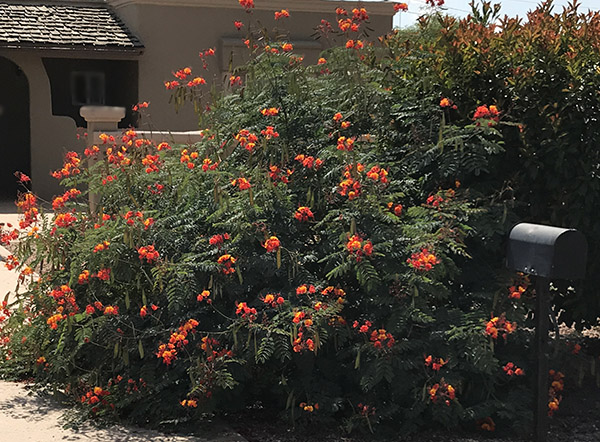
The Yellow Bird of Paradise Botanical name: Caesalpinia gilliesii:
Sometimes called the Desert bird of paradise. The flower is not as showy as the Red Bird Variety, However, the plant is much hardier requires less water, and is a minimal maintenance plant.
They re-seed themselves and grew wild in and around the desert Southwest. Some folks call it the Mexican bird of paradise, but it is a “Desert bird of paradise” plant.
The Yellow Bird of Paradise is a perennial and will come back vigorously every year. More info here.
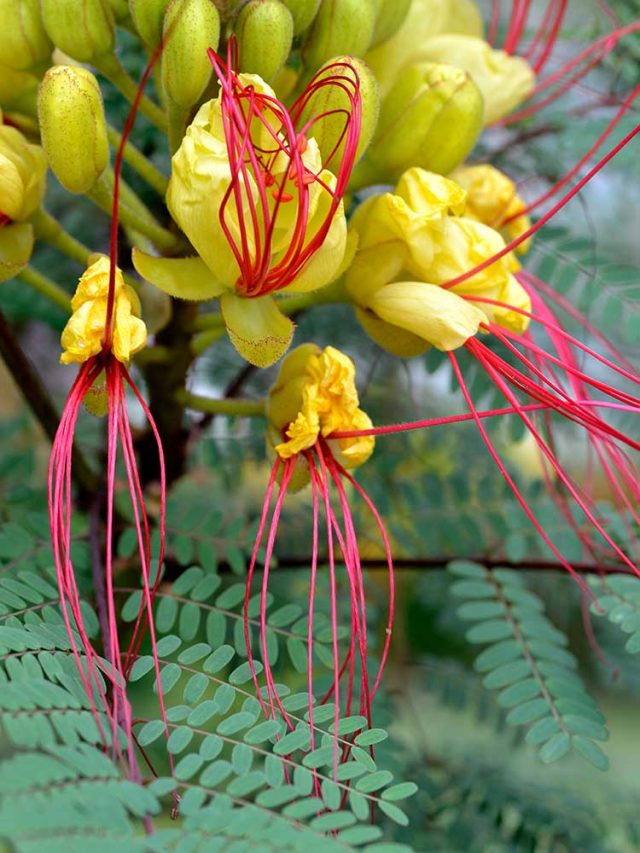
The Mexican Bird of Paradise Botanical name: Caesalpinia Mexicana:

The Real Mexican Bird of Paradise
It is remarkably like the Red one, but the leaves are larger, and the flower is a bright yellow color. It is native to Mexico and will only bloom in spring. Gardeners in the Southwest sometimes prune this plant to give it a small ornamental tree look.
Many Southwestern cities use this plant for landscaping roads and interstate highways. It is virtually maintenance-free and requires little watering.
Learn more about the Bird of Paradise Plant at Wikipedia.
The Bird of Paradise Botanical name: Strelitzia reginae

The flower of the bird of paradise plant S. Reginae. It will bloom about once every 4-7 years.
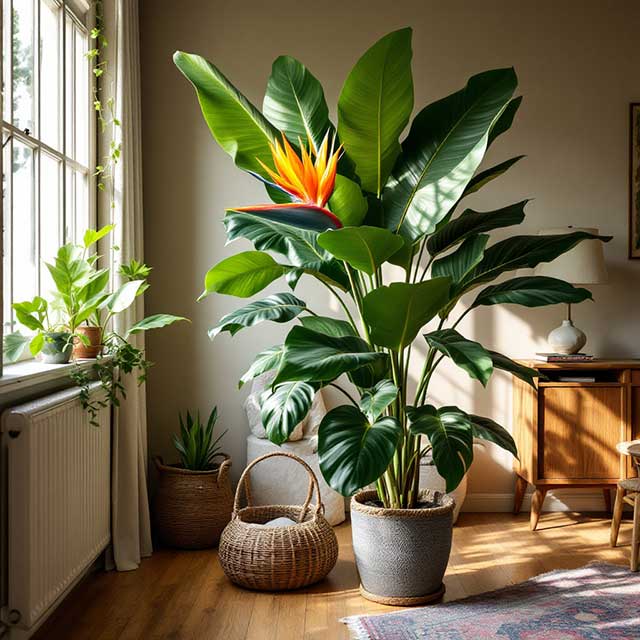
This is considered a houseplant in places where outdoor freezing temperatures are common.
In the lower elevations of the Southwest, it is placed indoors. However, if you live in an area where you do not get freezing temperatures, you can plant them outdoors.
Not only is the Strelitzia reginae visually striking, but it also has some amazing qualities that make it even more fascinating. This plant is native to South Africa and thrives in warm climates. It is incredibly resilient and can tolerate drought conditions, making it a perfect addition to any garden.
In addition, the Strelitzia reginae attracts birds and butterflies, adding a touch of natural beauty to your outdoor/indoor space.
One of the best things about the Strelitzia reginae is that it is relatively easy to care for. It prefers full sun or partial shade and well-draining soil. Watering should be done regularly but not excessively, as overwatering can lead to root rot.
Pruning is necessary to maintain its desired shape and remove dead leaves or flowers. With a little bit of love and attention, this plant will reward you with its vibrant blooms year after year.
They can get up to twelve feet in height and about 4-5′ feet wide. Great for those who have high room ceilings. More on How to Grow a Bird of Paradise Plant.
Difference Between Bird of Paradise Plants
You should now know the difference between these plants. You can also search using the botanical names of each plant. The top results will corroborate this post.
Please add your comment in the box provided below. We would love to hear your thoughts on these plants.

Greenhouse Manager, Master Gardener, and Webmaster.
If you have any questions or enjoyed this post, feel free to share your thoughts in the comments below.


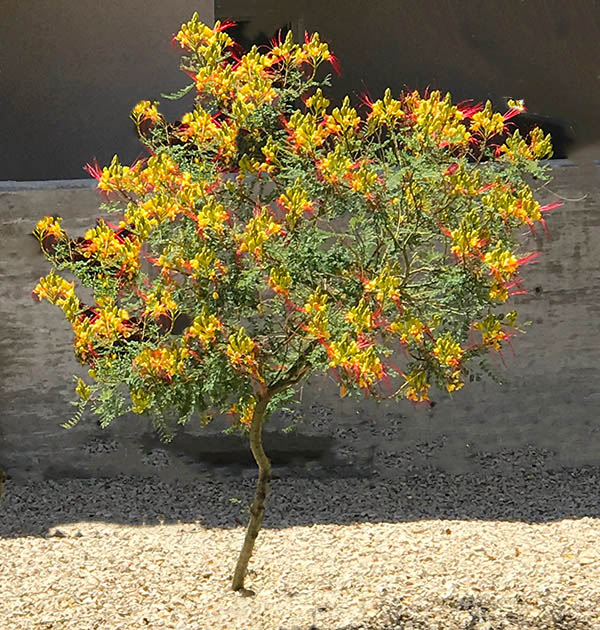

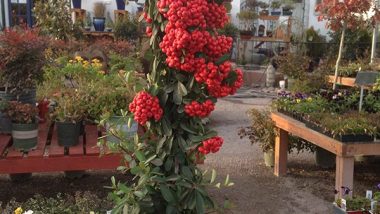
The last 2 pics are not the same plant. Strelitzia Nicole is the giant BOP, with a creamy white/blue flower, and looks sort of like a banana tree. The very last pic is S. reginae, a 4′ tall plant with bright orange/blue flowers.